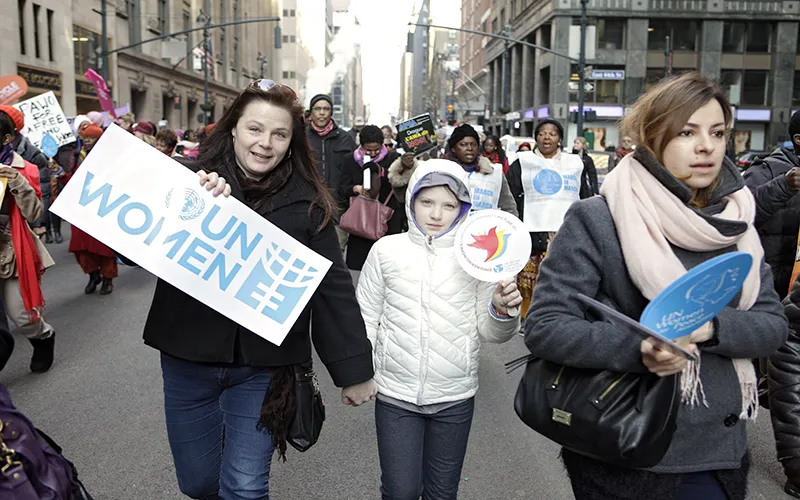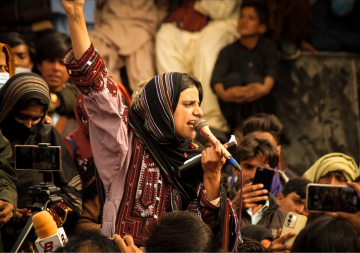After one UN ratified 'day', it is the turn of another: International Widows' Day. I am always conflicted about such 'days' and 'weeks'. It is true that significant rise in awareness about issues can be generated through designating and celebrating 'days'. However, most such days degenerate into mere symbolism with little or no affirmative action. I have no qualms about declaring that it is a matter of glaring shame that we need something like International Widows Day.
How does losing a partner untimely become a mark of identity for the surviving one? As if that single relationship alone defines the latter's life. The denial of women's individuality assumes ludicrous proportions when it comes to widowhood. Communities, including my own, brandish the state of perfect widowhood as a badge of honour. But what about widows that are less than perfect? Where do they figure on days such as these?
The indignity and disenfranchisement of widows in our country and many others is an unhidden cruel fact and the grim realities of Benares and Vrindavan a blot on our collective conscience. They need a constant and sincere engagement which lasts more than just a day.
The Benares/Vrindavan widows sit on one end of the spectrum while the other end sees widows that have taken charge of their lives independently. Such women have not remarried and losing a husband has ceased to be a handicap in their lives. Out of the 40 million widows in India, they are a small minority.
Allow me to be a little cynical about this day since not only do I have empirical evidence to show that International Widows' Day is largely an exercise in futility, it also comes with the danger of eschewing the demographic subjectivities of widowhood.
Having grown up in the vicinity of Vrindavan, I've observed that one day to "highlight the cause of widows" is simply inadequate for those who live and breathe stigma, abuse and neglect for the rest of the year. For the ones who are shaping their destinies through grit and hard work, is it not a reminder of the noose of patriarchy? I'm loath to nitpicking, but semantics sometimes becomes important.
In the case of military, war widows are called Veer Naaris and the onus of their well-being is upon the organisation. Having known and interacted with a sizeable number of them, I have realised a simple truth. A woman becomes a widow not at her husband's demise but when she's stripped off of her rights. In a commendable fashion, army attempts to educate and empower the wives through welfare activities. A heightened sense of one's rights vis-ナ-vis the challenges of life comes in handy for everyone and not just widows.
Like yoga, addressing marginalisation is a matter of habit. Doing it sporadically can only fetch photo-opportunities. I cannot be the only one who is sceptical of the efficacy of media blitzkriegs towards any sustainable change. Ensuring agency for the women who lose their husbands begins with systemic commitment.
If a woman loses all her rights, social and financial, at her husband's pyre, it is a matter of policy failure. If governments and other agencies wait for a particular day to announce the fixes, their commitment is questionable.
Google News search results drive some unpalatable truth home by clearly showing that widows of Vrindavan and Varanasi are mentioned exclusively only on and around special days like Women's Day, Holi, Widows' Day, Durga Puja, etc. Rarely are their triumphs or tribulations covered otherwise. As if they exist only for the "special" stories.
(The writer is an Associate Fellow at Observer Research Foundation, Delhi.)
Courtesy: The Quaint magazine
The views expressed above belong to the author(s). ORF research and analyses now available on Telegram! Click here to access our curated content — blogs, longforms and interviews.




 PREV
PREV

